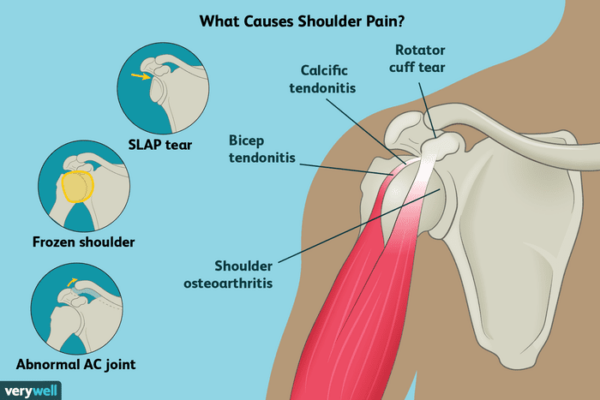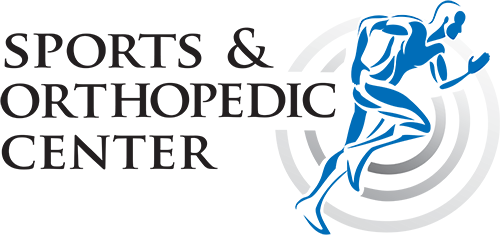ARTHROSCOPIC AC JOINT ARTHRITIS REPAIR
AC arthritis is chronic inflammation of the acromioclavicular (AC) joint, one of the four joints that work together in the complex system that makes up the shoulder. Like most cases of arthritis, AC arthritis happens when the cartilage protecting certain bones within the joint wears thin.
Although the AC joint isn’t as “well known” as the knee or elbow joint or the joint that connects your upper arm with your shoulder blade, AC joint arthritis is surprisingly common. Here’s what you should know about AC joint injuries or arthritis, including its symptoms, its diagnosis and its treatment.
 CAUSES
CAUSES
Most AC joint arthritis is caused by:
- Normal wear and tear in the joint that causes the joint surfaces to break down and wear away over time. This type of arthritis is called osteoarthritis, and it can be exacerbated by age-related changes, repetitive use, or some sports and weight-bearing activities, or it may develop following an injury to a joint. As the joint surfaces wear away, the bony surfaces of the joints begin to rub against each other, causing painful friction and inflammation inside the joint. Often, bony growths called bone spurs form along the joint edges, pressing against muscles and other tissues and contributing to pain and immobility.
- AC joint arthrosis may also develop following an injury to the joint, such as an AC joint separation. This injury is fairly common. A separation usually results from falling on the shoulder. The shoulder does heal, but many years later degeneration causes the AC joint to become painful.
- Patients with jobs or hobbies that require repetitive shoulder movements may be more prone to developing AC joint arthritis. Overuse of the shoulder and acromioclavicular joints can result in an earlier onset of shoulder arthritis. Shoulder osteoarthritis may also stem from a shoulder trauma or injury that damaged the shoulder cartilage.
SYMPTOMS
The onset of acromioclavicular arthritis symptoms is typically slow and occurs gradually over time. A common symptom of AC joint arthritis is tenderness or pain in the shoulder. This pain and sensitivity is typically located at the top and front of the shoulder. Pain in the shoulder may also be more severe with certain movements or activities.
Generally, patients with shoulder arthritis have trouble or cannot lift their arm above their head or across their body. These movements typically cause discomfort and pain. Some patients may find that shoulder inactivity can also lead to increased discomfort. This is often due to the joint becoming more irritated and stiff when not used regularly. Swelling or inflammation of the soft tissue can occur at the front or the top of the shoulder.
ARTHROSCOPIC AC JOINT REPAIR
AC joint arthroscopy repair is an arthroscopic shoulder surgery that is designed to remove damaged portions of cartilage. An arthroscope is a small tube with a camera on the end. This camera is connected to a monitor, which will display live images of the inside of your shoulder. Bone spurs can be removed during shoulder surgery to reduce the grinding between your shoulder bones. To alleviate the friction between your 2 shoulder bones, a resection of the collarbone can be performed to recreate space between the 2 bones. This dramatically reduces the friction and grinding of the bones and can alleviate pain and inflammation.
REHABILITATION
If you don’t need surgery, a physical or occupational therapist may recommend range-of-motion exercises that should be started as pain eases, followed by a strengthening program. At first, exercises are done with the arm kept below shoulder level. The program advances to include strength exercises for the rotator cuff and shoulder blade muscles. The goal is to get your shoulder moving smoothly and to learn how to control your symptoms. You will probably progress to a home program within four to six weeks.
After surgery, your doctor may have you wear a sling to support and protect the shoulder for a few days. A physical or occupational therapist will probably direct your recovery program. The first few therapy treatments will focus on controlling the pain and swelling from surgery. Ice and electrical stimulation treatments may help. Your therapist may also use massage and other types of hands-on treatments to ease muscle spasm and pain.


